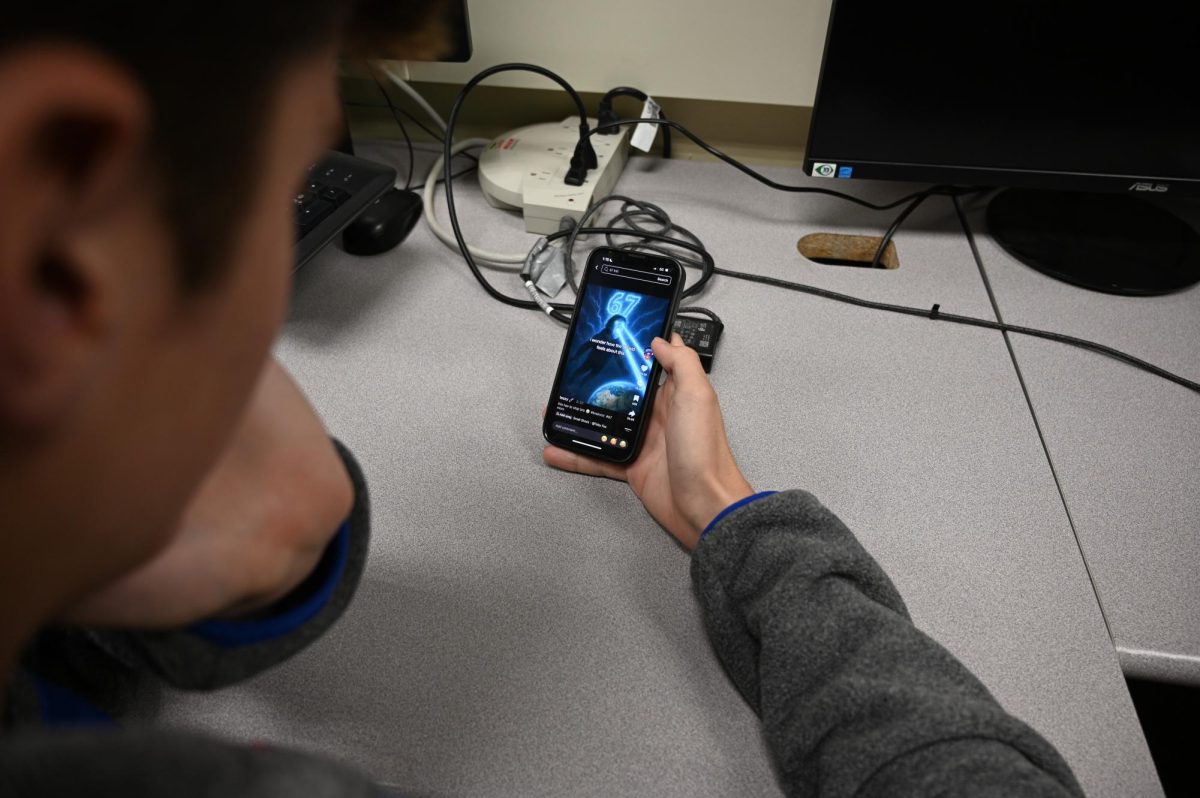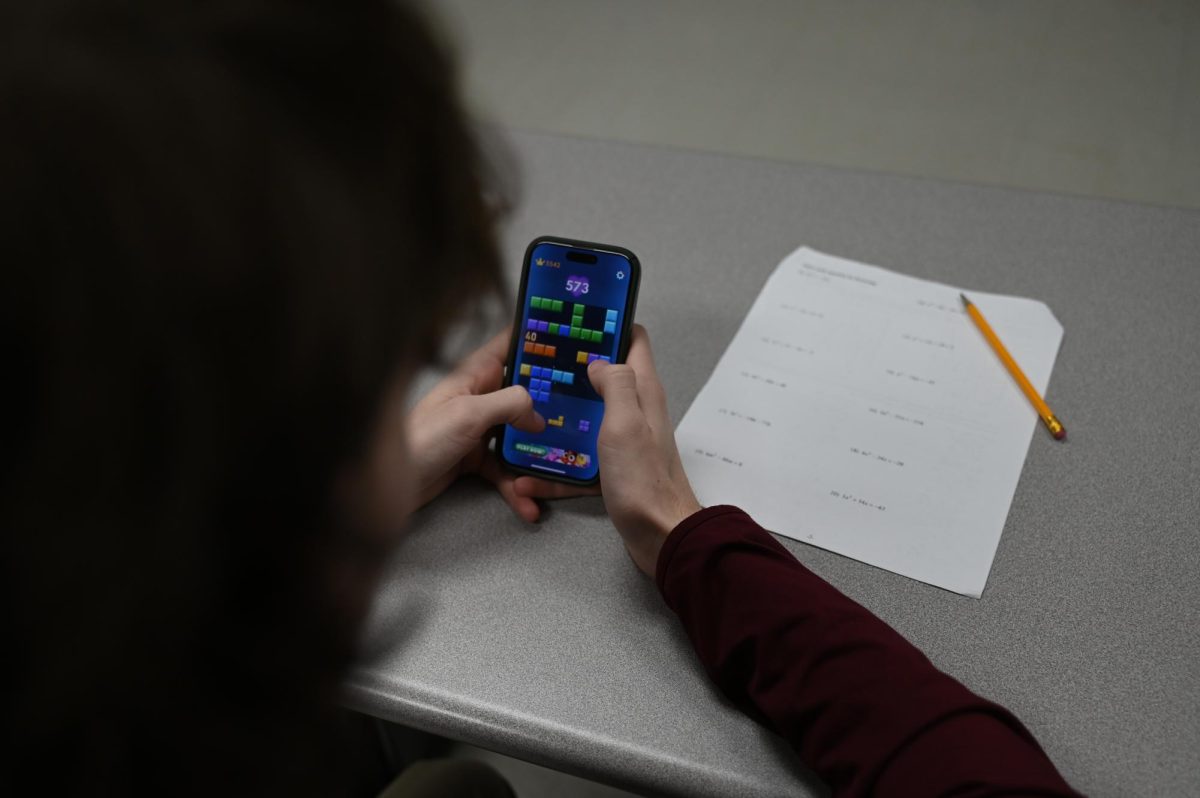Over the years, the way we engage with content has changed. Many people consume content through short form videos on platforms such as TikTok and Instagram. These types of videos are designed for rapid consumption that trigger the brain’s reward system, which is why it is so hard to break from the scrolling cycle. Content creators have figured out that they are able to get the same level of engagement by developing low-quality content known as “brain rot”.
While content used to be different from video to video, in recent years content creators have been recycling trending audios and jokes intended to maximize engagement with minimal effort. This type of content is accessible because these jokes don’t need context when the audience is already familiar with it.
A defining factor of the death of internet humor is repetition. While these short form videos used to be a way for creators to express their creativity through a digital medium, it has become a cycle of different versions of the same video. According to ScienceDaily, we find the humor to be funny not because it’s new but as a result of the fact that we already recognize it.
This new form of quick and dry humor is also a result of the algorithms on these social media platforms. The more viewers like and reshare content the more the algorithm pushes the content out. The algorithm has created an atmosphere in which creators are rewarded for using something that is already trending over something entirely new and different.









